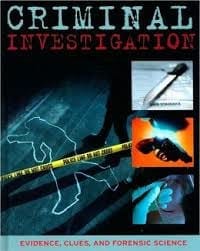The recent arrest of Kim Williams for charges of capital murder reveal the devastating effects forensic evidence can have in a criminal prosecution. Authorities claimed that ballistics and computer forensic evidence connected Ms. Williams to the murders of prosecutors Mark Hasse, Mike McLelland, and McLelland’s wife, Cynthia. In a criminal prosecution, ballistic analysis has the potential of connecting a bullet (or bullet fragment) found at a crime scene with a particular weapon. Computer forensic evidence also has the potential of connecting electronic documents  (like emails and text messages) to particular machines used to send the documents (like computers and smart phones). If the weapon (or computer) can then be affirmatively connected to a suspect, the implication is the suspect was somehow involved with the crime.
(like emails and text messages) to particular machines used to send the documents (like computers and smart phones). If the weapon (or computer) can then be affirmatively connected to a suspect, the implication is the suspect was somehow involved with the crime.
For example, in 2010 my firm defended a man charged with murder. A bullet was obtained from the victim during autopsy and ballistic analysis connected the bullet to a gun found under the seat of my client’s truck. During the trial prosecutors called a ballistics expert to testify the bullet that killed the victim had been fired from the gun found in my client’s possession. In a computer related prosecution, the State used computer evidence found in the hidden headers of an email to connect it to a particular computer found in our client’s home. Although the State could not prove my client was responsible for sending the email, they were able to show the computer used was exclusively in his possession.
Although not all “forensic evidence” is reliable, much of it can be used to build a persuasive case against an accused. Consequently, skilled criminal defense lawyers are needed to understand the acquisition of evidence, its analysis, and to challenge the presentation of such evidence at a trial.







